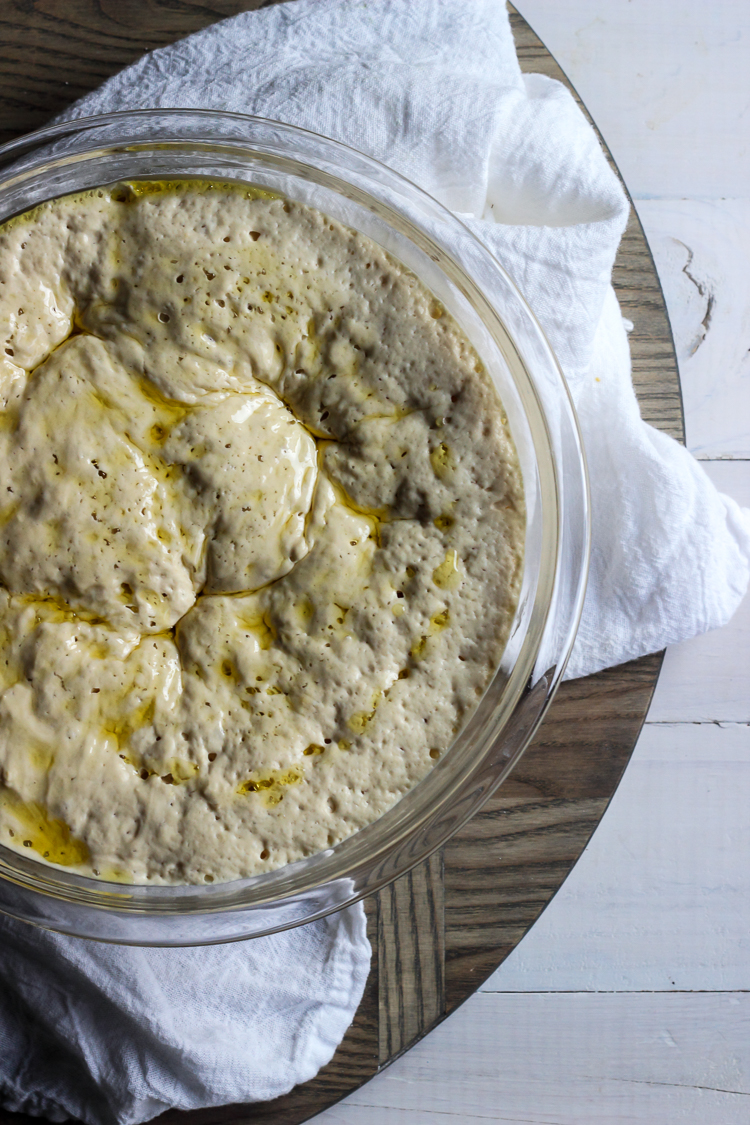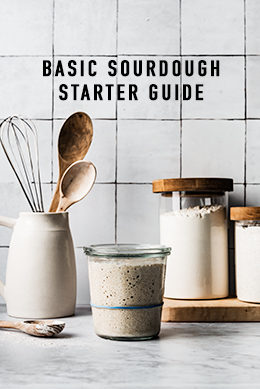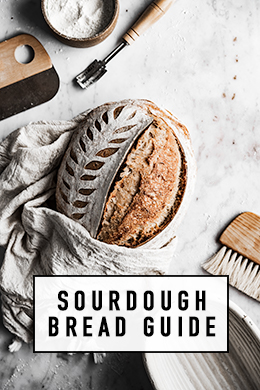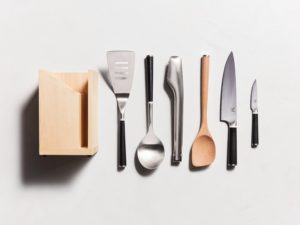Greece is no stranger to struggle. Since the fall of their empire over 2000 years ago, Greece has repeatedly faced war, occupation, and famine. Currently, Greece is headed into another trying time in its history. With generations of Greeks that came before us enduring through the trials of the past, the wisest thing a modern Greek can do in this uncertain time, is look to the ways of our forefathers and revive the lifestyle of survival & resourcefulness that our ancestors established before us.

Paximadia (pahx-ee-MAH-dee-ah), also known as barley rusks, are an ancient twice baked bread that originated from the Greek island of Crete. This humble food has fed the Greek people for thousands of years. Paximadia were an invention born of necessity. Whether you were a shepherd traveling miles away from home with your flock, a sailor working the waters of the Mediterranean, or you lived on an island where wood for firing an oven was scarce, paximadia became the ancient store food, only made 2 or 3 times in a year, they provided a reliable source of sustenance no matter what the circumstance.
Barley was the primary grain used in ancient Greek times and is the traditional grain used for paximadia. Barley is the world’s oldest grain, its history going back over 8,000 years. It is naturally very low in gluten, wheat-free and is easily digestible compared to other grains. Barley flour has a slightly nutty, earthy tang that makes the flavor of paximadia simply wonderful. In our recipe for paximadia, we also add einkorn flour, made from an ancient variety of wheat that is both lower in gluten and easier to digest than modern wheat. The einkorn acts a dough conditioner, adding pliability to the dough and a bit of tenderness to the final baked bread.

Cretan barley paximadia are a simple, old world food that represent the resourcefulness of the generations that came before us. Every time we eat paximadia we are reminded of the humble traditions of our ancestors and the wisdom of their ways. Their mindfulness in making the most of what little they may have had should serve as an inspiration to modern Greece. Served with cheese & olives or just simply topped with ripe tomatoes, olive oil, feta & oregano- paximadia were more than just the foundation of the Greek diet, they represented a way of life that everyone of us should glean some inspiration from.
 Print
PrintPAXIMADIA
- Total Time: 6 hours 40 minutes
- Yield: 12 whole rusks / 24 halves 1x
Ingredients
- 360g einkorn flour (3 cups)
- 18g active dry yeast (2 tbsp)
- 24oz warm water (675ml) – *divided
- 4oz extra virgin olive oil (112ml)
- 600g barley flour (5 cups)
- 9g fine grain salt (1.5 tsp)
- 8oz warm water (225ml)
- 54g honey (3tbsp)
Instructions
for the starter:
- in a large bowl, whisk einkorn & yeast together
- add 16 oz of warm water to flour & yeast, whisk until smooth
- cover & let rise until doubled (45min-1hr)
- add olive oil to starter, whisking to combine
for the dough:
- in a separate large bowl, whisk barley flour with salt
- add honey to 8oz of warm water, stirring until combined
- make a well in the barley flour & add the honey water to the well
- next add the starter to the well
- slowly begin to stir the wet ingredients into the barley flour
- stir contents until they start to come together as a dough
- knead the dough by hand in the bowl unitl contents are well combined
- remove dough from the bowl and knead on work surface until elastic (3-5 minutes)
- return dough to bowl, cover and let rise until doubled (1.5-2 hours)
- once dough has doubled, remove from bowl and knead for 5 minutes
- divide dough evenly into 12 portions
- roll each portion into a cylinder about 7 inches long
- shape each cylinder into a gentle spiral & press evenly until about 4″ in diameter
- place paximadia onto baking sheets about 2 inches apart (6 per baking sheet)
- score each paximadi around the edges with a lame or a sharp knife to facilitate easier slicing in half once baked
- cover paximadia & let rise for 1 hour
- position oven racks to the center of the oven
- pre-heat the oven to 400 F
- place baking sheets in the center of the oven & bake paximadia for 40 minutes, rotating the sheets halfway into the baking time (after 20 minutes)
- when done baking, remove from oven & let cool until you can just handle them
- slice each paximadi in half with a serrated knife
- lay halved paximadia out across baking sheets, cut side down (you will need 1 additional baking sheet)
- return paximadia to oven & dry at 175 F for 2 hours
- remove from oven & let cool to room temperature
- paximadia will keep in a sealed container for months
Notes
inspired by Vefa Alexiadou
- Prep Time: 4 hours
- Cook Time: 2 hours 40 minutes
























Wow, so cool Bella! I learned something new, too – I’ve never heard of einkorn flour! I definitely want to try this when I’m back in LA. xx
Me again! Just read that einkorn is similar to spelt. I love using spelt flour in all sorts of baking… Do you find einkorn flour better than spelt flour for baking? Or similar?
Hello Diana! Thank you so much for stopping by & commenting.
I think that einkorn tastes better than spelt, as well as, some people find that they digest it better than spelt.
Einkorn is the purest form of wheat only containing two sets of chromosomes, whereas spelt is a hybrid containing 6 chromosomes.
Overall, they are both better choices than modern wheat- but einkorn is definitely our first choice!
Talk to you later,
bella <3
Hello Bella, do you happen to know the Greek name of einkorn?
I believe it was referred to as ‘tiphe’ in Ancient Greek, Zea is Emmer wheat which is similar to Einkorn, but not identical
This article speaks a little more about it: https://daily.jstor.org/einkorn-the-new-it-wheat/